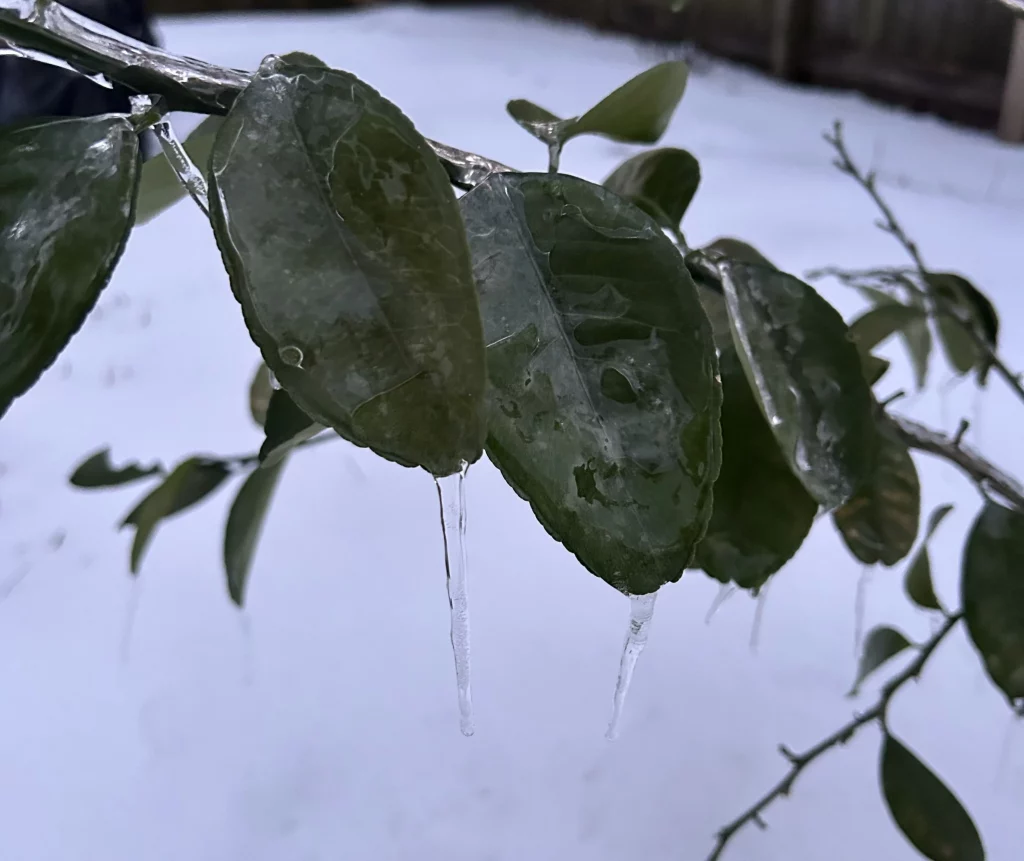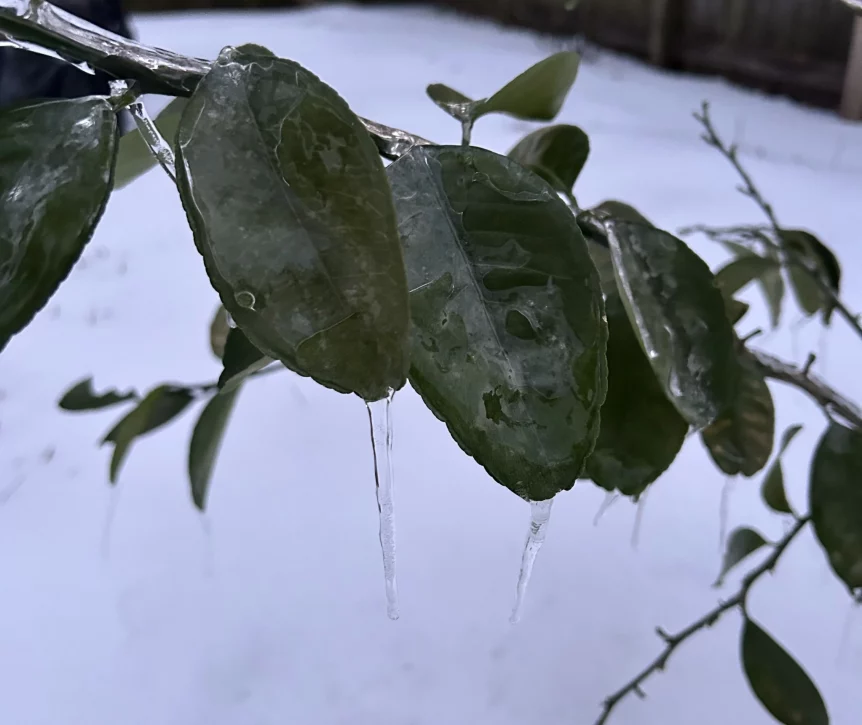
Weekly Field Update
Clemson Extension agents provide updates in The South Carolina Grower this week about the status of various crops being produced throughout the state.
Statewide
Lacy Barnette, Climate-Smart Grown in South Carolina
- Remaining greens in the field are still showing some purpling from phosphorus deficiency in the cold. With the warmer temperatures, greens and cover crops are picking up pace again.
- If you have concerns about lasting damage from the cold temperatures, please reach out to the Climate-Smart Team.
- Great time to be planning and preparing for both spring and the year ahead. There are numerous vegetable production meetings upcoming.
Coastal Region
Zack Snipes
- We spent most of last week drying out and enjoying the warmer weather. A few growers had dried out enough to get in the fields and get land prepped for planting.
- For greens growers, be on the lookout for black rot and other diseases to become an issue this week on your crops. The cold temperatures damaged tissue which will serve as infection sites for pathogens. On a small scale, cropping and trashing the impacted leaves will help with management. Applying a fungicide could also help keep these pathogens at bay.
- Strawberry growers need to get into the fields and get a fungicide out this week.
- I had many reports of high tunnels and greenhouses collapsing or bending due to the snow load on them from the storms. I called FSA and NRCS and unfortunately, as of now, there are no programs to help these folks out. NRCS could potentially cost share installing a new high tunnel. Please check with your local office to inquire. Casualty insurance would be the only option if growers had that on their farm infrastructure. This may be the time to look into those options provided by your insurer.
Midlands
Rob Last
- Following the cold spell, we see a warming trend in Lexington County.
- Freeze injuries are evident in many remaining crops, characterized by the delamination of brassicas, creating a dry-appearing burn to the leaves.
- Uncovered strawberries are displaying a similar pattern with discoloration and necrotic tissues. Many of the abiotic symptoms observed can allow for crops to develop secondary pathogens. An application of fungicides will be beneficial for strawberries. The cold weather has damaged many open flowers on strawberries, which can be a source of infection for botrytis, so I recommend removing the damaged flowers.
- Keep scouting strawberries and looking for spider mites and insects in the crops. Early detection can make management much easier.
- I am getting questions about when to begin pushing fertilizer to strawberry crops. Once we start with fertigation, we are six weeks away from the first harvest date. Pushing fertilizer to crops too early runs the risk of damage from any further winter weather. A good rule of thumb is to hold pushing fertilizer to strawberries until around Valentine’s Day.
Sarah Scott
- We had milder temperatures last week, and looking at the extended forecast, it seems that they are here for a while. I would expect to see plants start moving with the daytime highs being in the 70s. Peach trees will likely begin moving pretty quickly following pruning if the weather stays as predicted. Checking the latest chill hours, we are at 958 here in the Edgefield area. We were at 945 last year at this time, so as far as chill accumulation we are looking good.
- With temperatures on the warmer side, growers have been working to get out those oil sprays. We are continuing to plant new trees and have started pruning as well.
- I mentioned that some nurseries had issues with drought conditions and trees were expected to be on the smaller size this season. The photos show a sort of comparison between what would be a regular size tree from the nursery and the smaller version we are seeing this year from the supplier. This should not be an issue for the overall health or establishment of the tree, just noticeably smaller at planting.
Upstate
Andy Rollins
- We are still picking high quality strawberries in high tunnel production systems.
- In outdoor strawberry production, there is huge variability in plant size from farm to farm. The farms with smaller, single-crown plants have started low dose fertilization at 3.5 lbs of nitrogen per treated acre per week to try to increase plant size. This is risky as freezing weather is likely to return. We need to stop ahead of freezing weather. The best time to push the plants is in the fall before dormancy. Growers should not push their plants if they have 3 to 4 good crowns. Also, growers should not use row covers to try and increase growth in the spring. Doing so can force out flower buds. Growers will need to cover if temperatures drop back below 18 degrees Fahrenheit (F) to protect the crown. We need to consider covering for flower protection when we have an average of 3 to 4 flowers per plant and we can sell the fruit in 30 days. The strawberry flower dies below 30F.
- Growers need to keep protectant fungicides like Captan and Thiram on plants while they are uncovered. We also need to be scouting for mites and treating when they are active.
- Tall ryegrass in the row middles will help protect plants from wind damage when covering for frost protection. In the past, I wanted to start killing it at this point in the season, but I no longer believe that is the best call.










